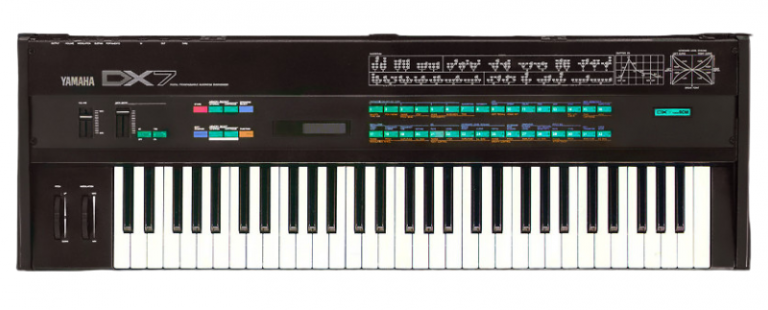To provide the best experiences, we use technologies like cookies to store and/or access device information. Consenting to these technologies will allow us to process data such as browsing behavior or unique IDs on this site. Not consenting or withdrawing consent, may adversely affect certain features and functions.
The technical storage or access is strictly necessary for the legitimate purpose of enabling the use of a specific service explicitly requested by the subscriber or user, or for the sole purpose of carrying out the transmission of a communication over an electronic communications network.
The technical storage or access is necessary for the legitimate purpose of storing preferences that are not requested by the subscriber or user.
The technical storage or access that is used exclusively for statistical purposes.
The technical storage or access that is used exclusively for anonymous statistical purposes. Without a subpoena, voluntary compliance on the part of your Internet Service Provider, or additional records from a third party, information stored or retrieved for this purpose alone cannot usually be used to identify you.
The technical storage or access is required to create user profiles to send advertising, or to track the user on a website or across several websites for similar marketing purposes.




This Post Has 6 Comments
Don’t forget Native Instruments FM7 and FM8 (FM8 being the newest)! Both of those are Yamaha DX7 emulations
Oh yes, you’re right! I thought I’d added them. Thanks Jizo for this reminder!
Plogue OPS7 is a pretty excellent emulation of the DX7 too
Hello Andreas :),
Thank you very much for this information and for your participation. I’ll add this 🙂
Enjoy
Steinberg FM Lab is a virtual DX (with additional Montage functions) that emulates a DX7 too (but more: DX5, DX1 by layering)
Ah yes, indeed, I missed this one too! Thanks a lot friend.